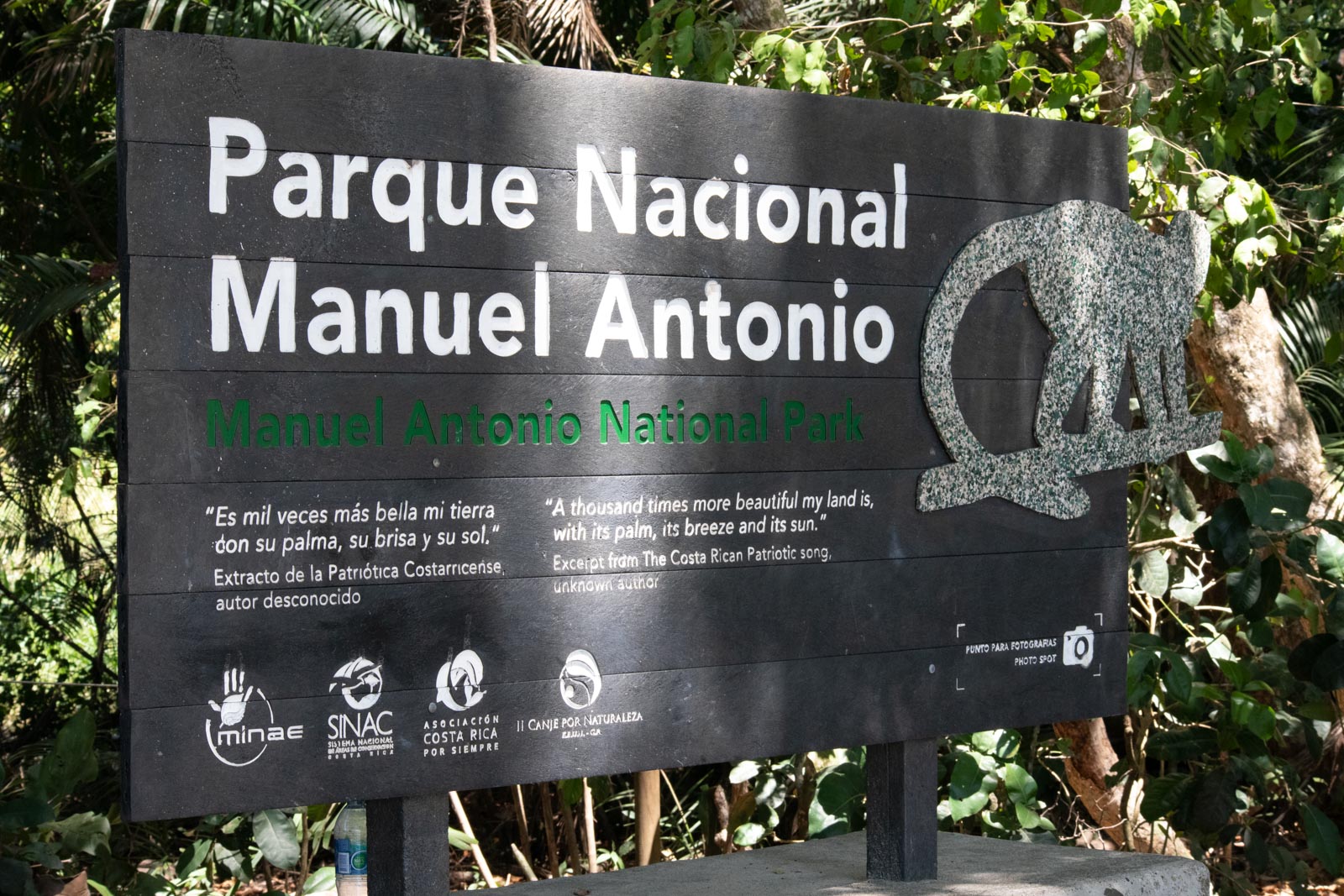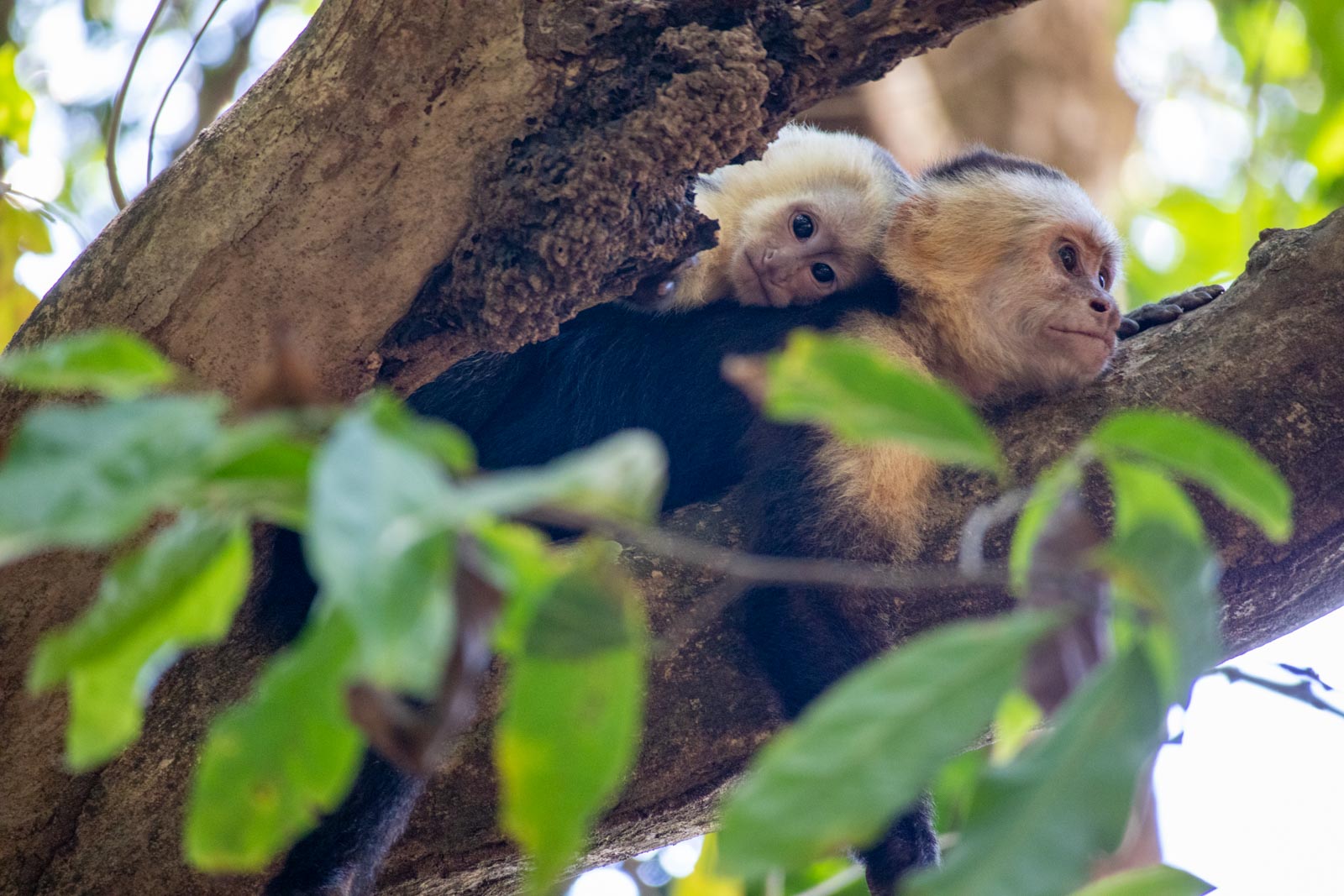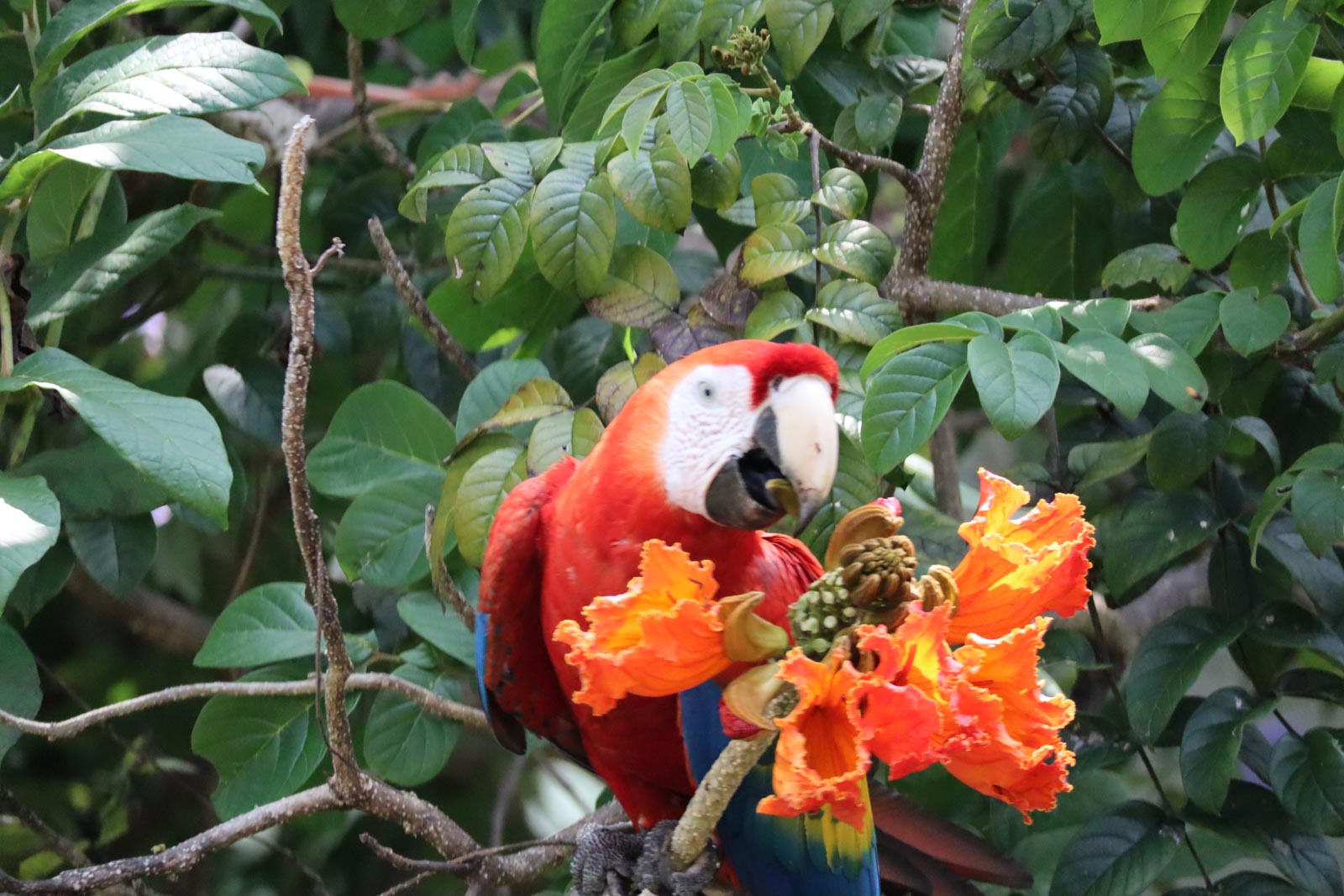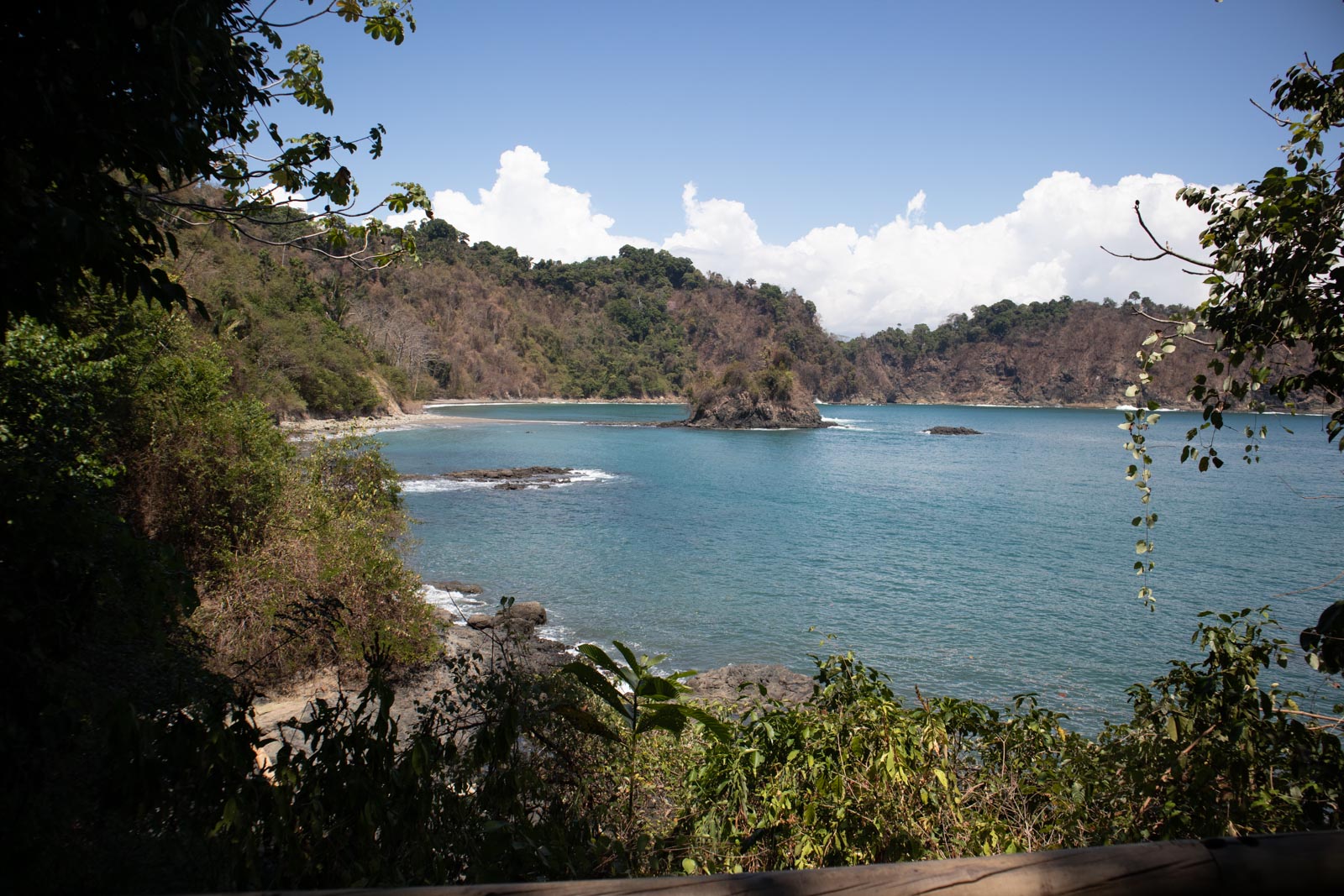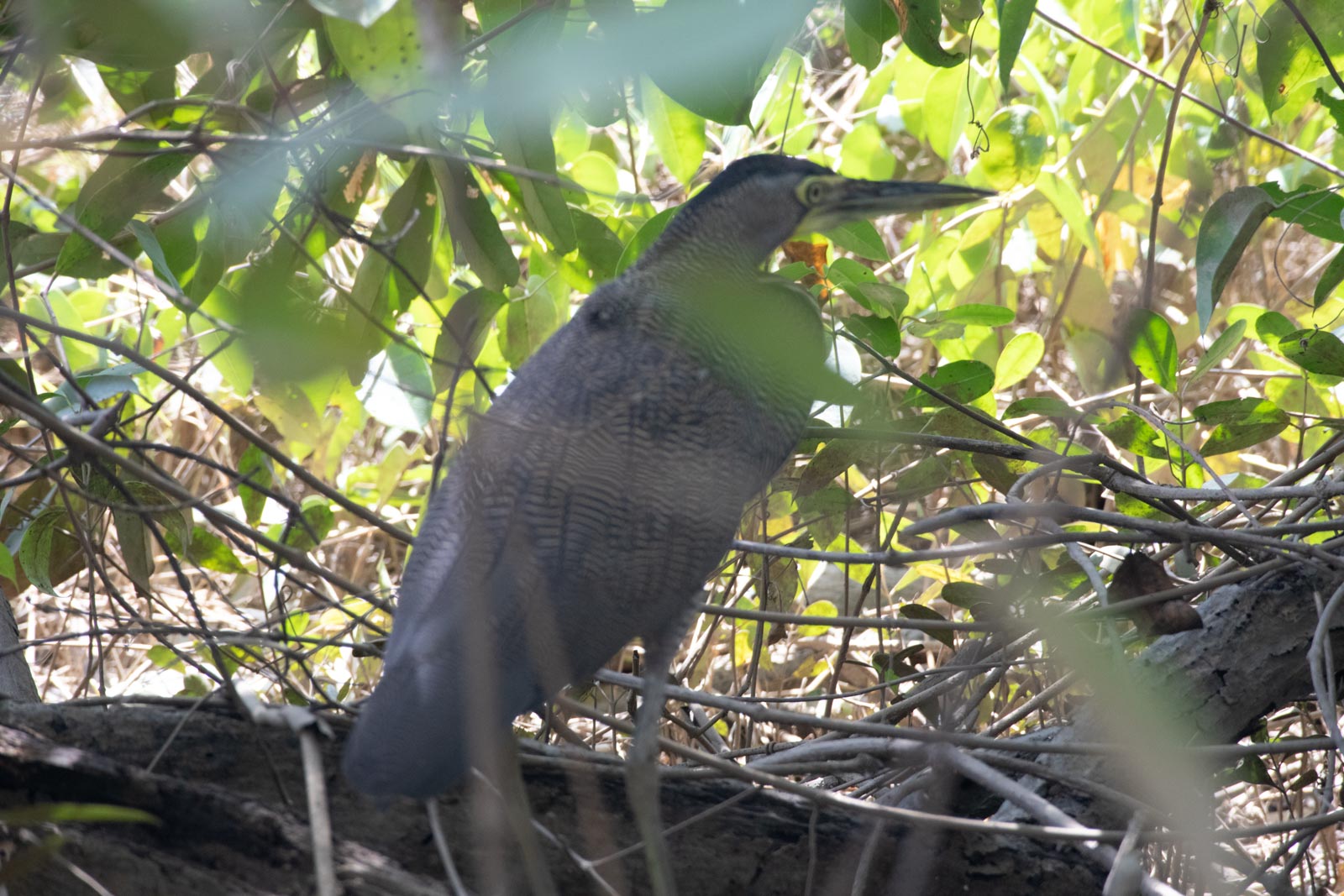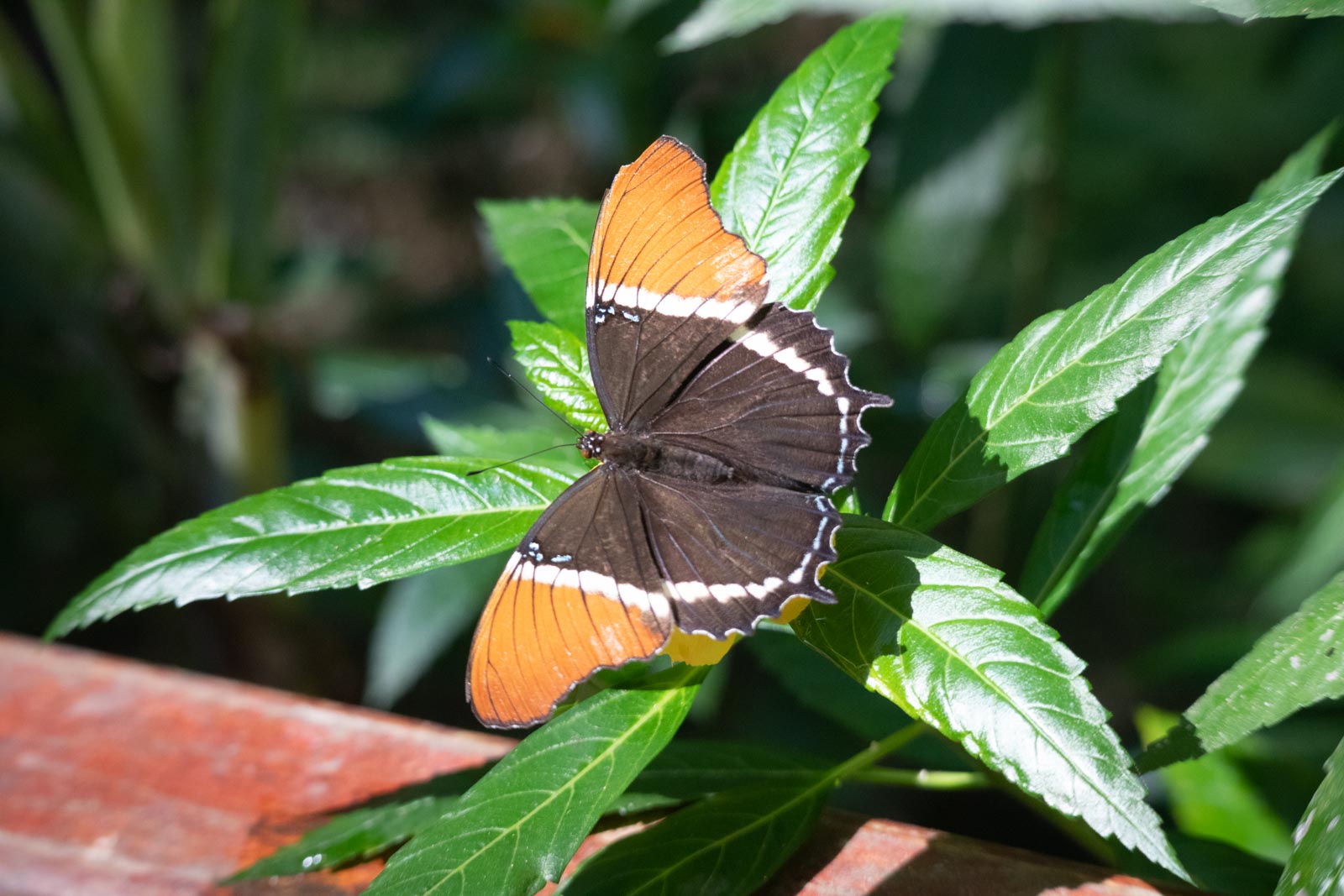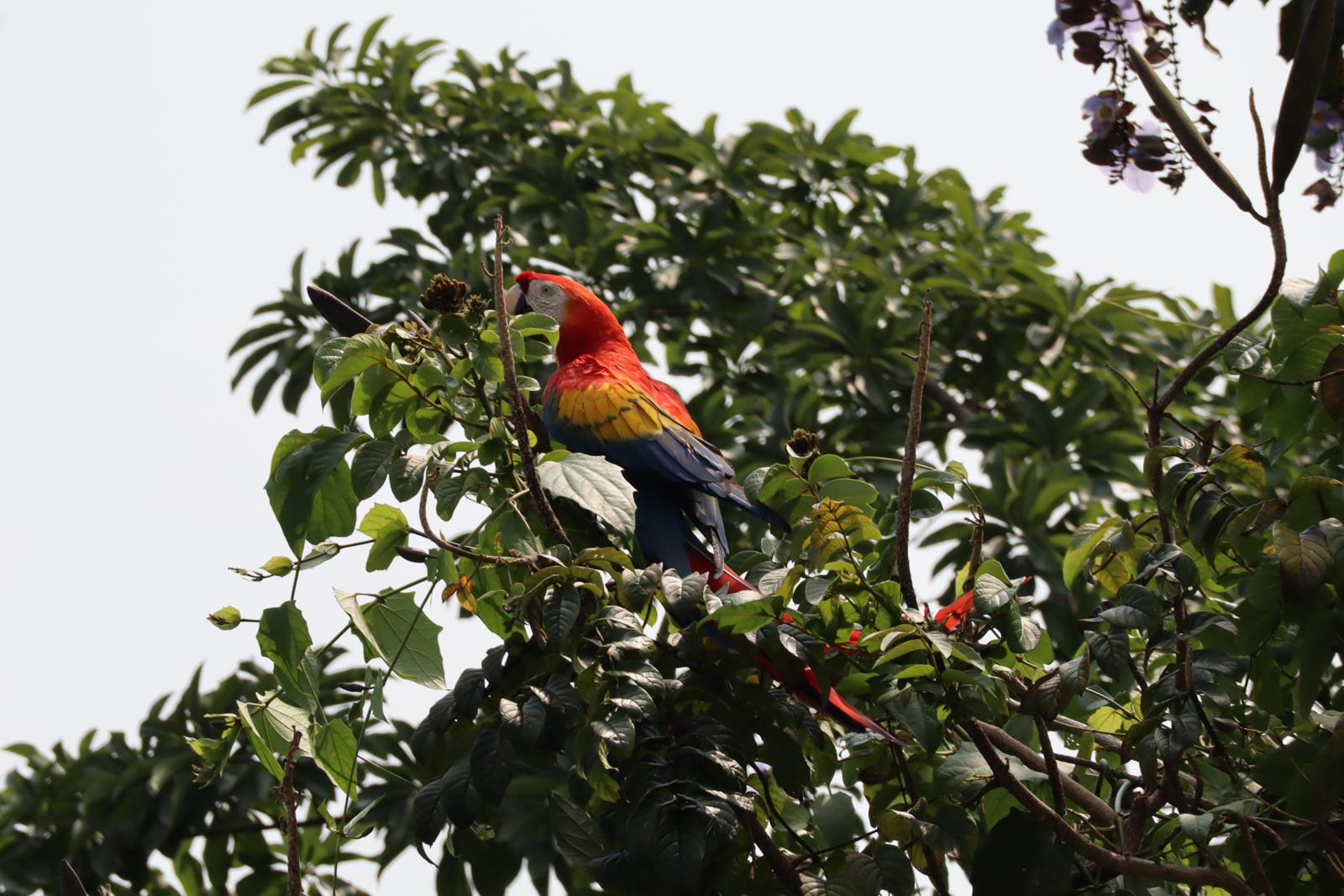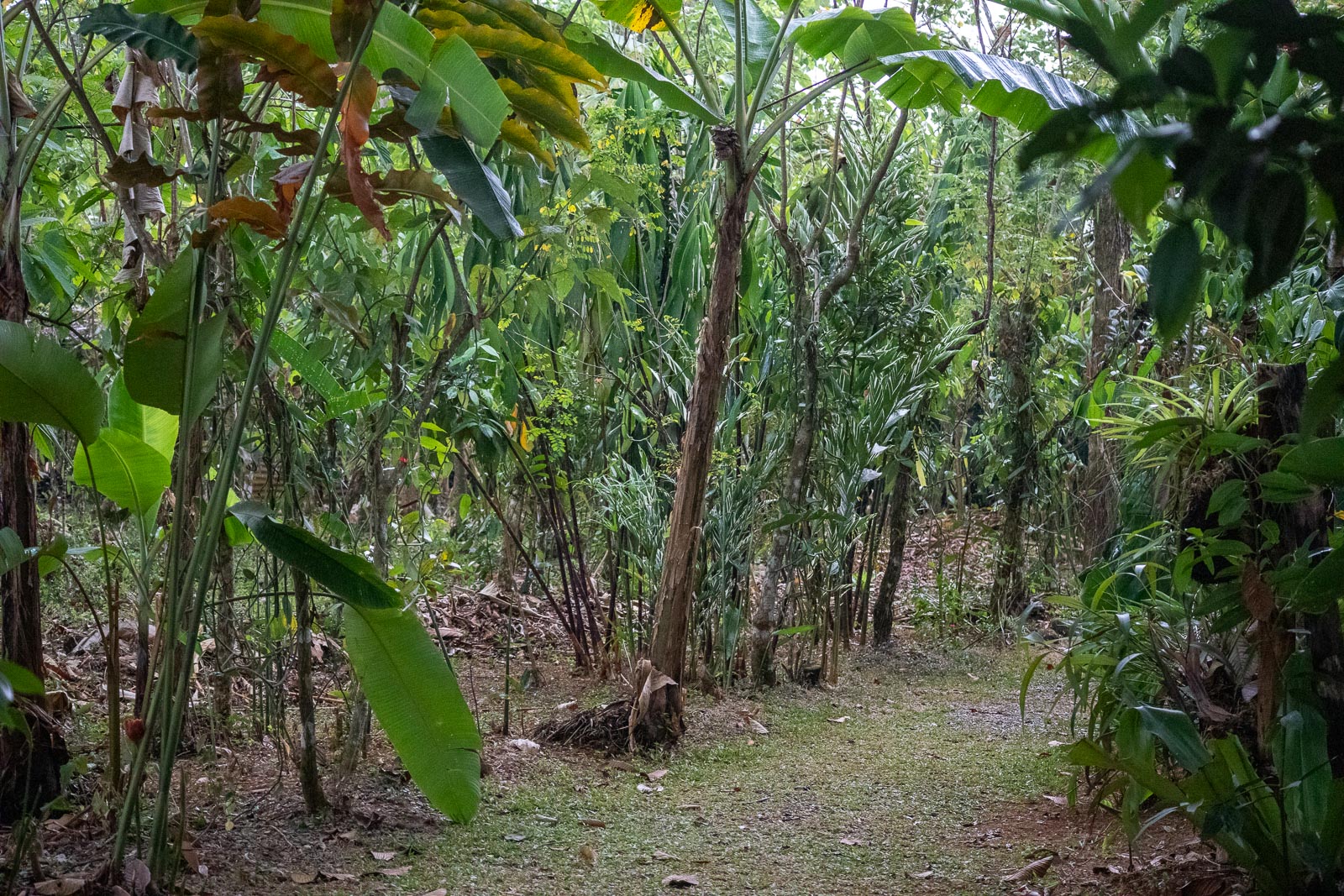Designated by Costa Rica as a national park in 1972 to preserve its natural beauty, the Manuel Antonio National Park is one of the most biologically diverse parks in the world. The park has an amazing variety of flora and fauna, beaches, forests, coral reefs, and walking trails that will scratch the itch of any nature lover.
While the park is one of the most frequently visited locations in Costa Rica, it’s 6.8 square km’s accommodates the 150,000 annual visitors without unnecessary crowds. The park is located in the central coastal region of Costa Rica, which is known for its excellent climate and lush scenic beauty.
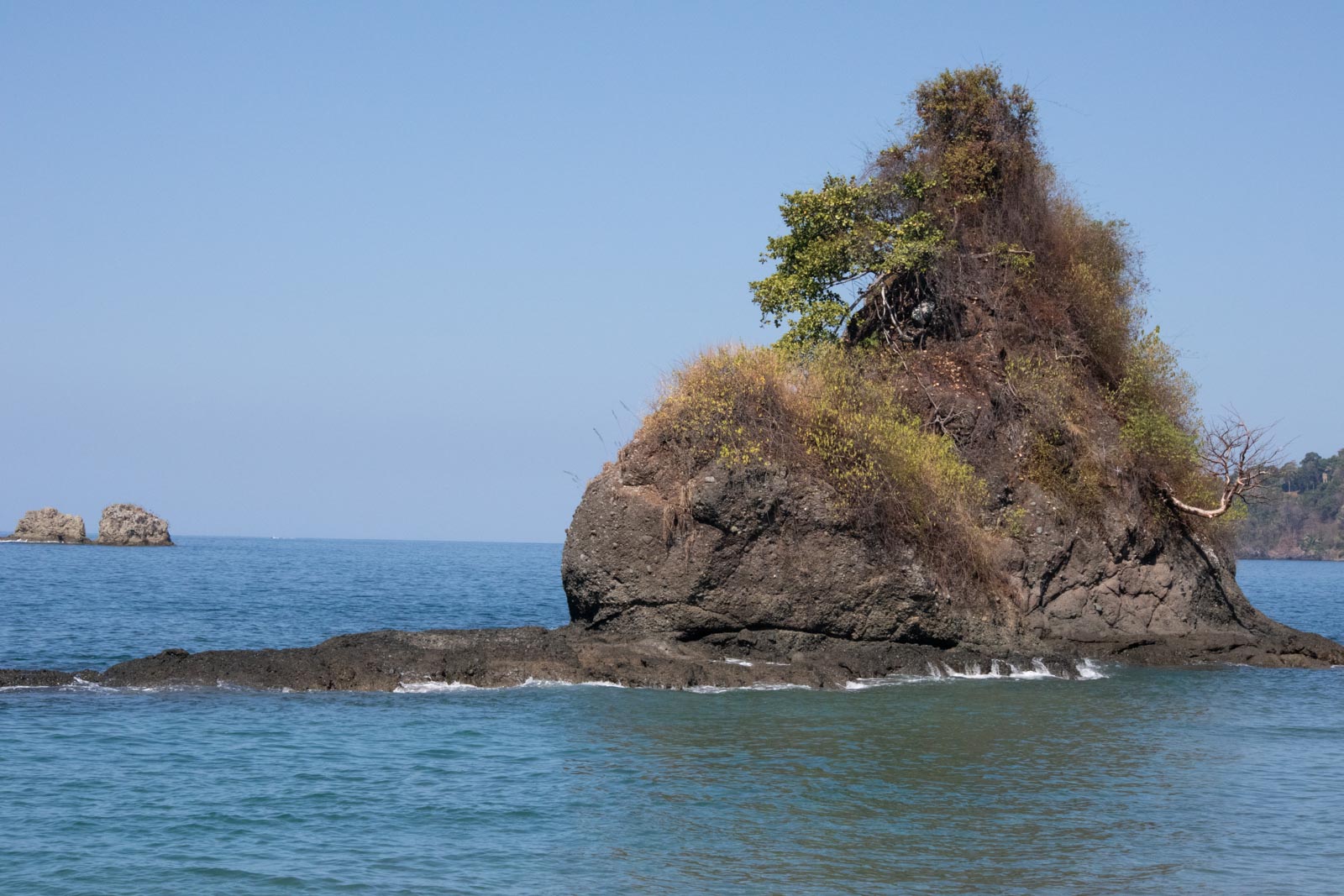
Top 10 Things to Do
1. Visit the Beaches
The park is home to 4 beaches (Manuel Antonio, Tesoro, Playita, and Espadilla Sur), each with its own character. Both Manuel Antonio and Espadilla provide the possibility of snorkeling.
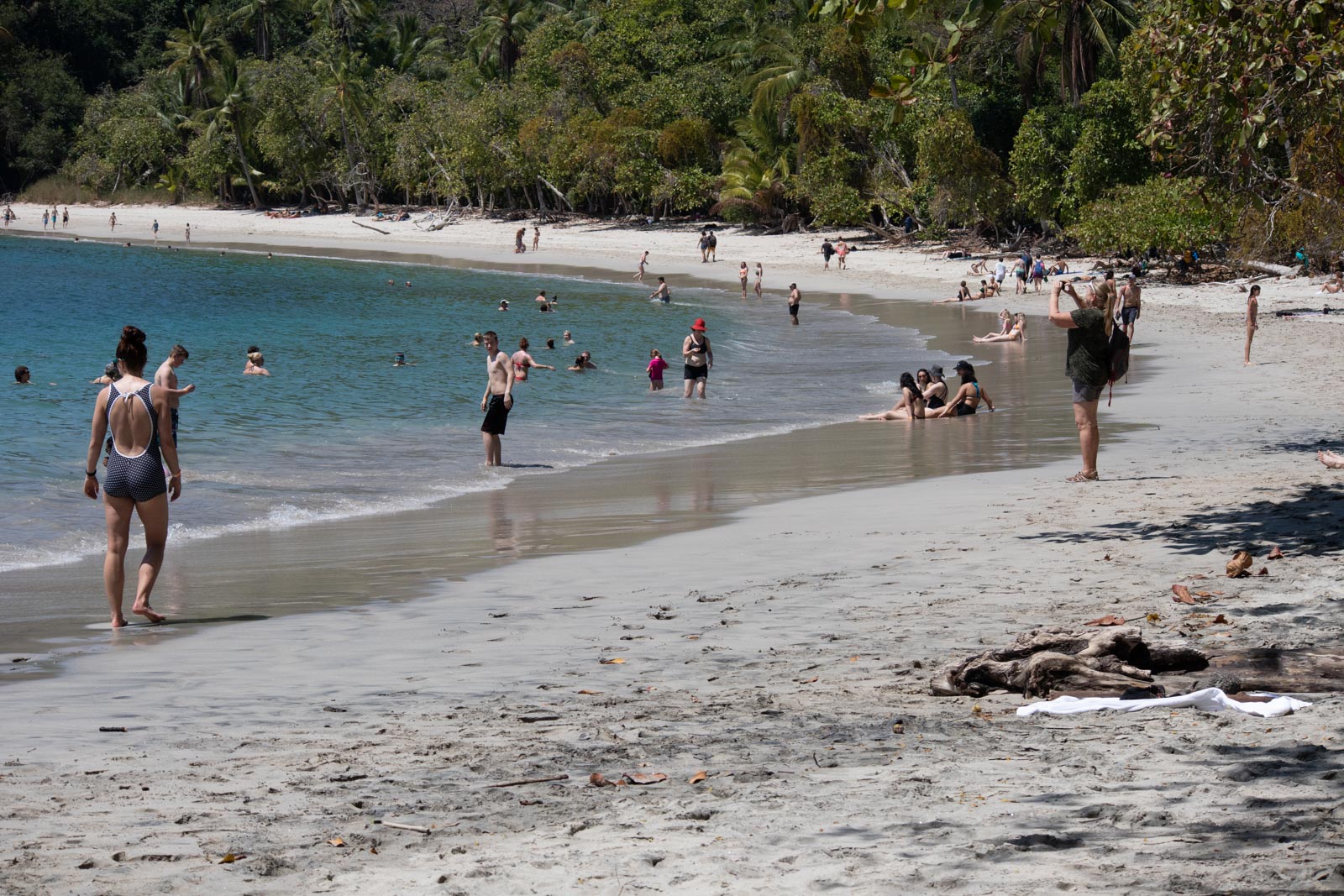
2. Explore the Wildlife
The rainforests and lush landscapes in the park provide for a rich and diverse variety of wildlife. With a keen eye and some patience, you can find up to 4 different monkey species, sloths, raccoons, iguanas, snakes, toucans, woodpeckers, parakeets, and hawks. If you’re lucky you may even see dolphins swimming off of the beaches.
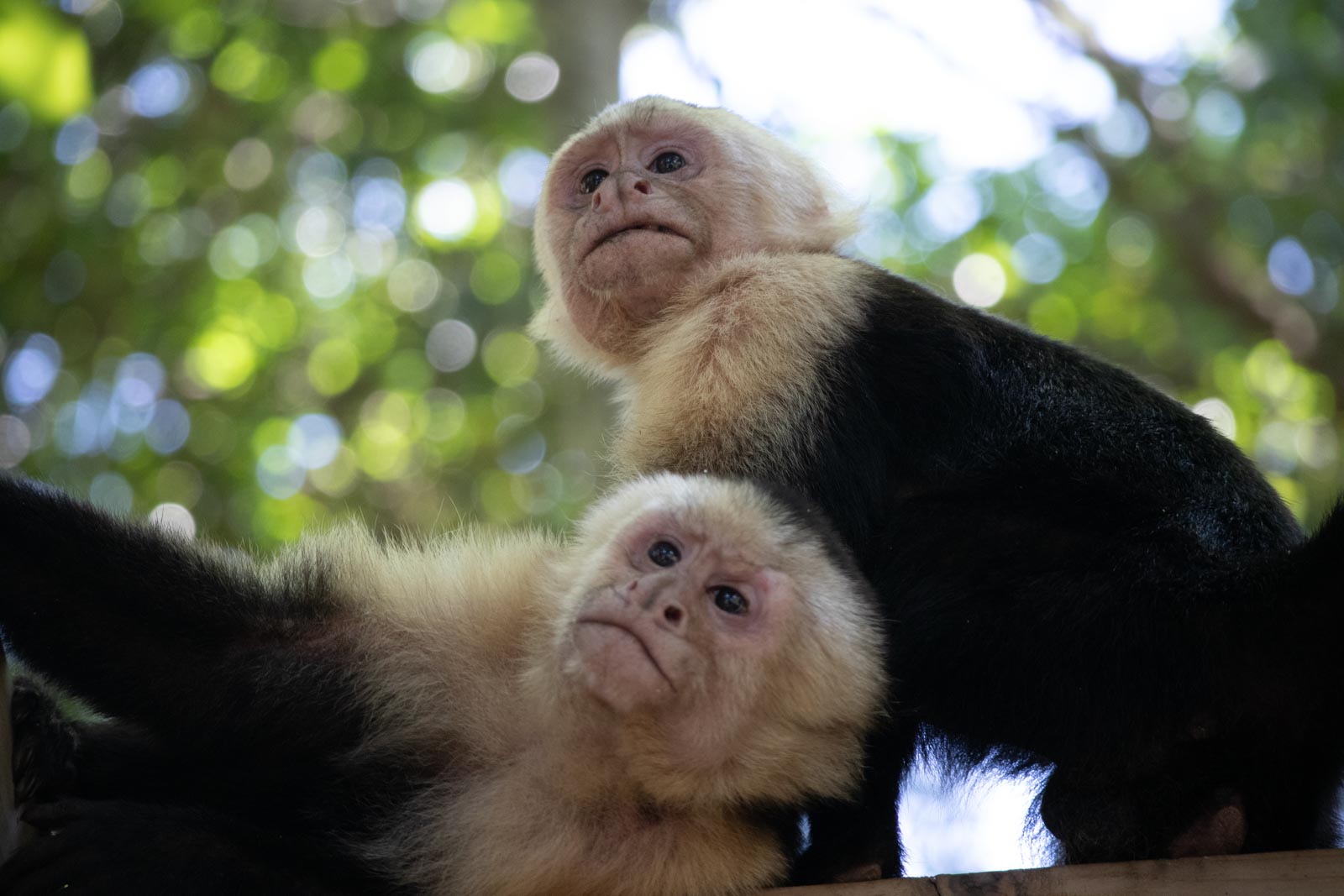
3. Walk the Trails
The national park has a network of easily walkable trails that traverse throughout the park. The trails pass through rainforests and mangrove swamps and will lead you to the beaches. These trails are easily walked and are suitable for wheelchair access as well.
4. Snorkel a Reef
The best snorkeling location in the park is the Manuel Antonio beach, which is set in a cove providing calm waters. The Espadilla beach has a tidal pool that is a nice snorkeling location as well. Both offer a variety of marine life that includes crabs, eels, and the usual variety of brightly colored marine fish.
5. Go Bird Watching
The lush rain forests contained in the park are home to more than 350 species of birds. While we are not experienced bird watchers, there was certainly an abundance of beautiful birds and plenty of bird watchers with their scopes and cameras.
6. Visit the Manuel Antonia Village
While in the vicinity, a stop in the Manuel Antonio village can be a nice treat. This oceanside village is a central location for visitors of all types and can be a bustling hub of activity, particularly during the dry season. Near the entrance to the national park, the village has many great restaurants has an active nightlife, and can be a convenient spot to stay if you are seeking accommodations in the area.
7. Take a Tour
The National Park offers a number of nature-oriented tours including guided park tours, a butterfly research lab tour, a rainforest canopy tour, a night walk tour, and even a baby sea turtle educational experience, which is best experienced during the hatching season. Be sure to book your tours directly with the park or online at the park website as there is a number of imposter tour operators that frequent the roads leading to the entrance to the park.
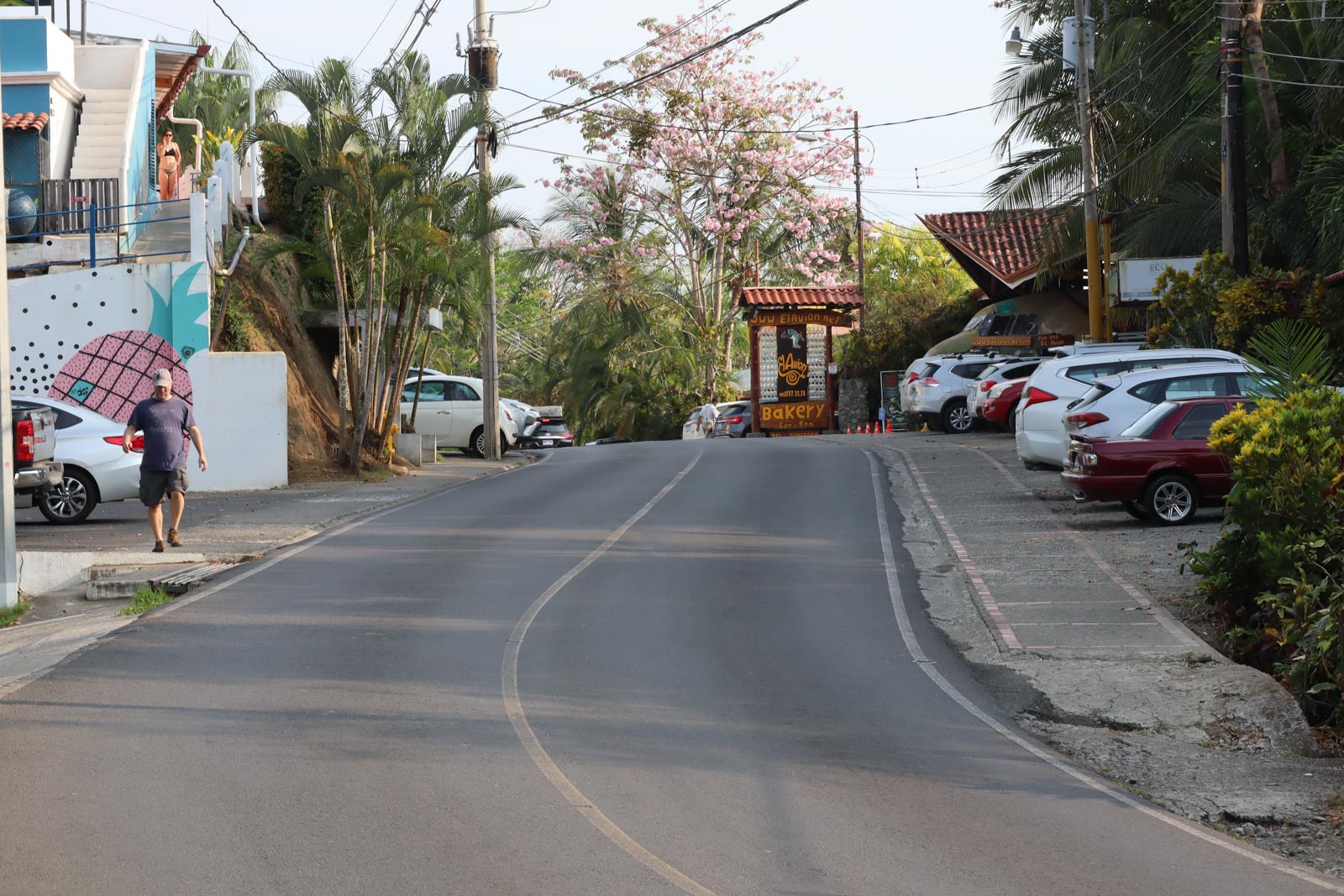
8. Take a Ton of Photos
If you are a photography enthusiast or simply want to capture some amazing images to remember your vacation, keep your camera or phone handy. The wildlife, scenic beaches, and general biodiversity will provide you with amazing opportunities to capture impressive images. A longer, telephoto lens will be helpful to capture wildlife in the trees and at a distance. Always be ready though, as a photo op may appear quickly and be fleeting.
9. Spot a Sloth
One of the region’s most unusual and intriguing species, sloths are often spotted in the park, which is widely understood to be one of the best locations to see them. We were fortunate enough to see a few sloths relaxing, as always, up in the trees. The park is home to six different sloth species. Sloths are slow-moving and well camouflaged so keep a keen eye toward the treetops and you may get lucky as well. A guided tour also provides a great way to find a sloth if you’re so inclined as the guides have experience in finding them and often will provide a telescope for viewing.
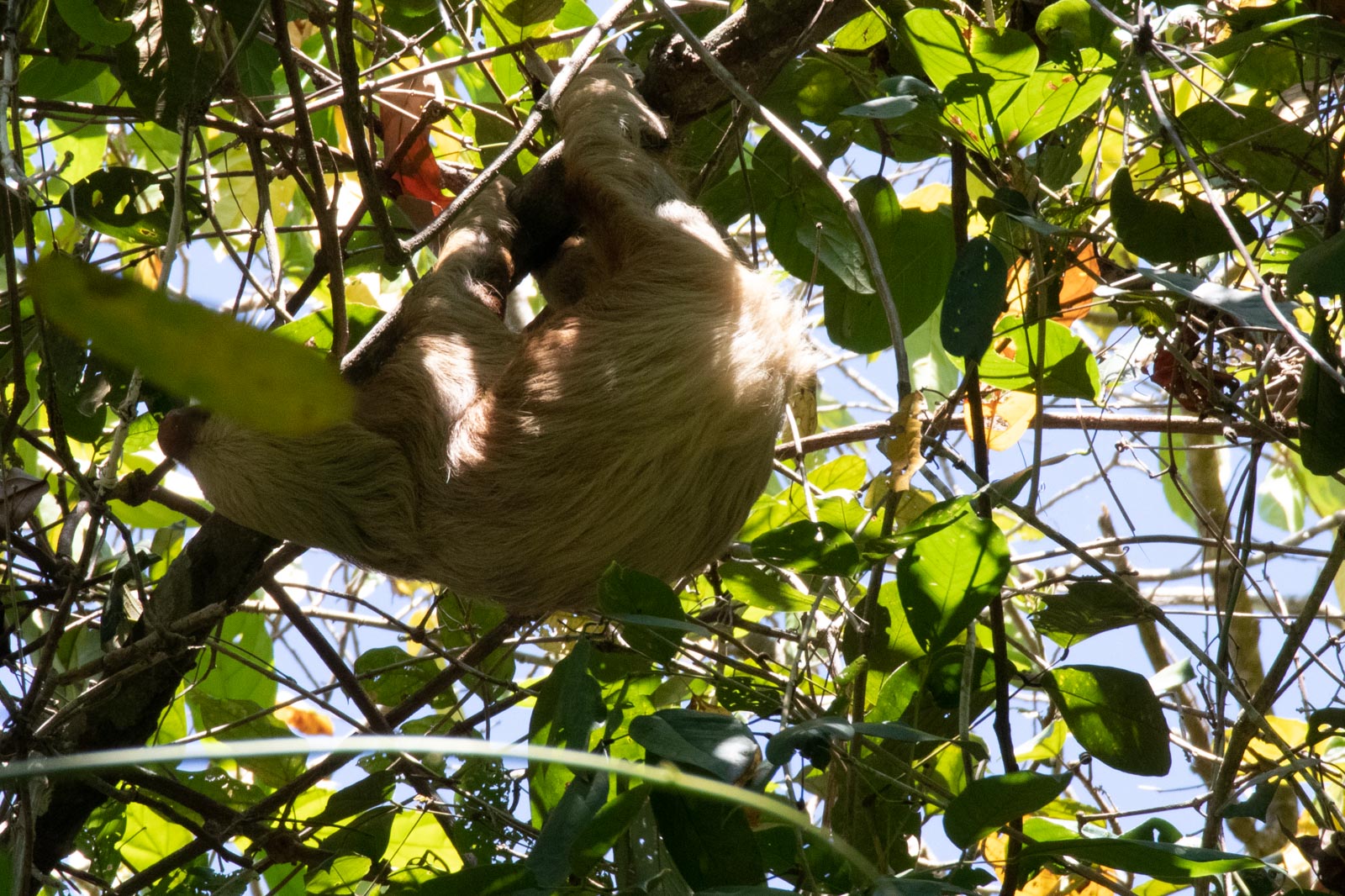
10. Visit the Town
The park actually closes a 4 pm each day and you may have some time afterward to visit one of the surrounding towns. Manuel Antonio Village is know for restaurants and it’s night life. Quepos, which is a 15-minute drive from the park, is also a great restaurant location that has maintained the Costa Rica vibe.
“Man cannot discover new oceans unless he has the courage to lose sight of the shore”
~ Andre Gide
How to Prepare
Eat Before You Go
Check the official Manuel Antonio Park website for current restrictions, but at the time of this writing outside food, other than water and sodas, is not allowed in the park. This is to protect the environment and wildlife. Be sure to fuel up before arriving.
Bring Hydration
Temperatures and humidity can be high and it’s important to always stay hydrated. Water, which is the best, and sodas are permitted. Alcoholic beverages are not allowed in the park.
Be Ready to Walk
Good walking shoes are a must! While the park is not large, you will spend a lot of time on your feet and you’ll be thankful for a good pair of comfortable shoes.
Buy Your Tickets in Advance
In order to prevent crowds, daily admission to the park is limited. It’s best to either buy your tickets in advance online through the Costa Rica National Park website or arrive early. The park opens at 7 AM so arrival by 6:30 AM is highly recommended. We arrived at 6:15 AM and encountered a lengthy line, but were admitted to the park.
Sunscreen, Sunscreen, Sunscreen
Don’t forget that you are in the tropics. Even if you don’t plan to visit the beaches, be sure to lather up with plenty of sunscreen. Nothing puts a damper on a warm weather trip faster than a severe sunburn. Let alone the health implications.
Bring a Camera
If you are into nature photography be sure to bring a camera, preferably with a telephone lens. There will be many photo opportunities and a longer lens will help you get those up close and personal shoots. Your phone will be fine too if you don’t have a camera. In any case, be sure to have a good charge on your device.
Hours & Costs
The park is open 7 AM to 3 PM Tuesday’s through Sunday’s. It is closed on Mondays. Be sure to check the
The current cost is $180.80 USD (or 1808 CRC) for adults and $5.65 USD (or 565 CRC) for kids under 12 years of age. If you are visiting from outside of Costa Rica, be sure that you purchase the non-resident tickets.
The dry season is considered to be December through April. However, a visit can be very pleasant even in the rainy season, when it often only rains for a brief time in the afternoon.
Be sure to check the websites for current hours and costs.
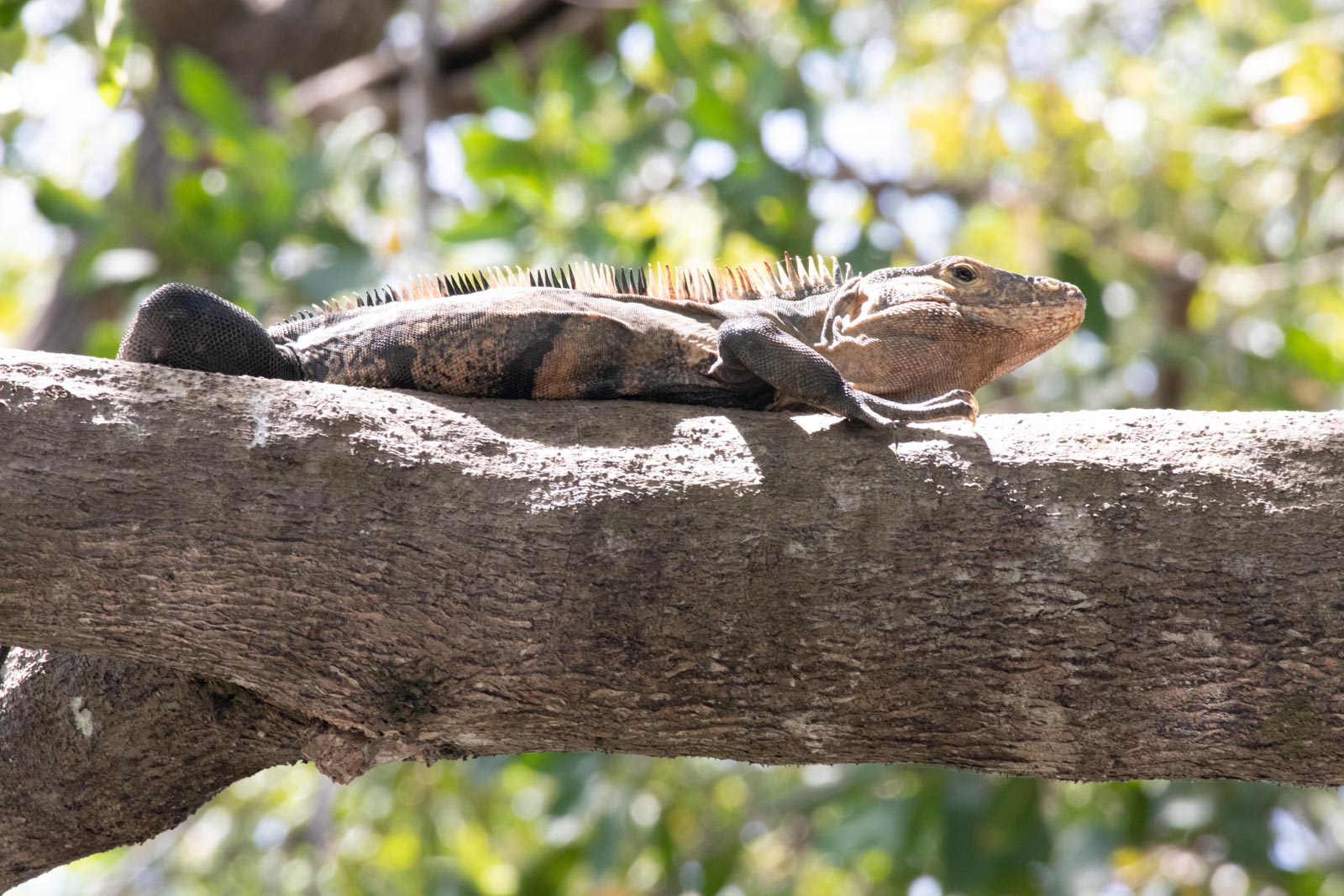
Safety & Security Considerations
Be Aware of Crowds
Manuel Antonio Park is one of the most popular parks for visitors to Costa Rica. As a result, there are many locals that frequent the roads into the park hoping to sell you various times, tickets, and tours. Be very wary of these folks, as imposters selling fake admission and tours are common, some even dressing to appear to be in uniforms matching the park staff.
Do NOT Feed the Animals
You must not feed the animals in the park, for both your safety and theirs. Feeding the wildlife is well-intended and may seem to be an innocent kindness. However, these animals quickly become accustomed to these handouts and do not learn to forage for their natural diets. As a result, they can become very hungry and aggressive toward visitors.
Keep Your Belongings Safe and Out of Reach
Raccoons and monkeys are both highly intelligent animals, many of which have become accustomed to people in the park. They often will not hesitate to grab a bag or other article and run off with it. We actually saw a monkey sneak up behind a person, open her backpack, and run off with some of the contents. Yikes!
Stay on the Trails
Staying on the trails and boardwalks protects the environment and well as yourself. Walking into the rainforest vegetation can results in damage to the plants, frightening the animals, and, perhaps an unpleasant encounter with an indigenous creature.

